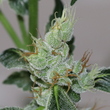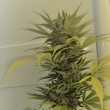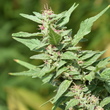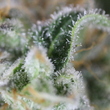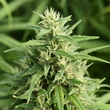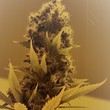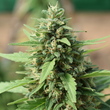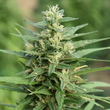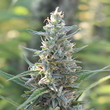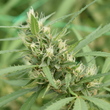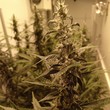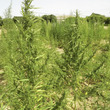Introduction
Minor cannabinoid and non-cannabinoid molecules have been proposed to significantly contribute to the pharmacological profile of cannabis extracts. Phytoplant Research has developed highly productive cannabis cultivars with defined chemotypes, as well as proprietary methods for the extraction and purification of cannabinoids. This research investigates the effect of solvent selection and decarboxylation on the composition and pharmacological activity of cannabis extracts.
Material and méthods
Plant material consisted on female inflorescences with or without the attached leaves from ten different, asexually-propagated, medicinal Cannabis varieties registered by Phytoplant Research at the CPVO (https://cpvo.europa.eu), namely: AÍDA, 2016/0167; BEATRIZ, 2017/0146; JUANI, 2016/0117; MAGDA, 2017/0145; MATI 2017/0147; MONIEK 2016/0114; OCTAVIA, 2017/0148; PILAR, 2016/0115; SARA, 2015/0098 and THERESA, 2016/0116. CANNA products were used for the cultivation of all varieties.
The cannabinoids were purified following a patented method described in the Phytoplant Patent: “Methods of purifying cannabinoids, compositions and kits thereof” with code 9765000 B2 and “Methods of purifying cannabinoids using liquid: liquid chromatography” with code 10207199 B2. All the cannabinoids have a purity > 95%.
Results
A library of forty cannabis extracts was generated from ten different cannabis cultivars registered by Phytoplant Research at the EU Community Plant Variety Office. Plant material was extracted using two different solvents, ethanol and hexane, and crude extracts were subsequently decarboxylated or not. Cannabinoid content in the resulting extracts was quantified, and biological activity was screened in vitro at three molecular targets involved in hypoxia and inflammation (NF-κB, HIF-1α and STAT3). Changes in transcriptional activation were strongly associated to solvent selection and decarboxylation. Two decarboxylated extracts prepared with hexane were the most potent at inhibiting NF-κB transcription, while HIF-1α activation was preferentially inhibited by ethanolic extracts, and decarboxylated extracts were generally more potent at inhibiting STAT3 induction.
Discusion
The results indicate that solvent selection and proper decarboxylation represent key aspects of the standardized production of cannabis extracts with reproducible pharmacological activity.
Other publications
See more
See more
See more
See more
See more
See more
See more
See more
See more
See more
See more
See more
See more
See more
See more
See more
See more
See more
See more
See more
See more
See more
See more
See more
Ask for information
Can we be of help to you? Do you have any questions about us? Write to us and we will contact you as soon as possible.
